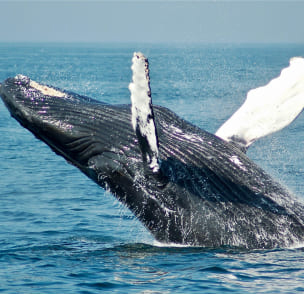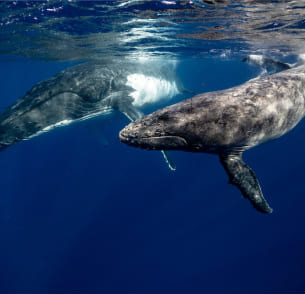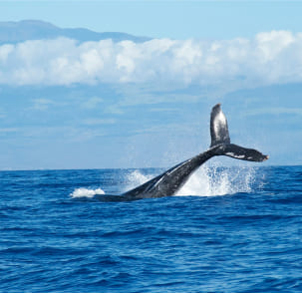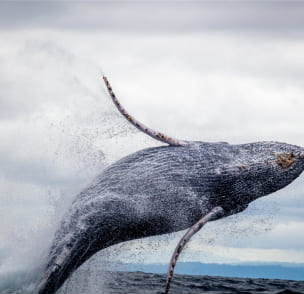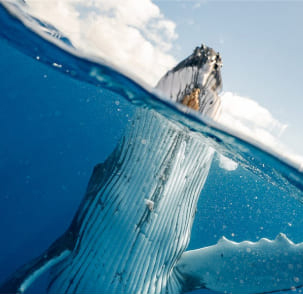
Whale watching is a magical experience that offers glimpses into the lives of these magnificent marine mammals. However, along with the wonder and excitement of whale watching comes a plethora of myths and misconceptions. In this blog post, we’ll debunk some of the most common myths surrounding whale watching, separating fact from fiction to ensure you have a clearer understanding of these incredible creatures.
Myth 1: Whales Are Fish
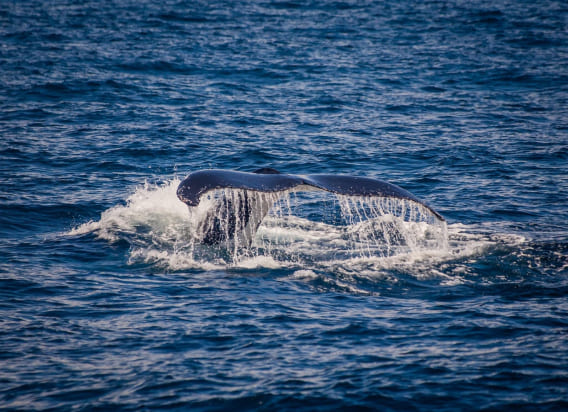
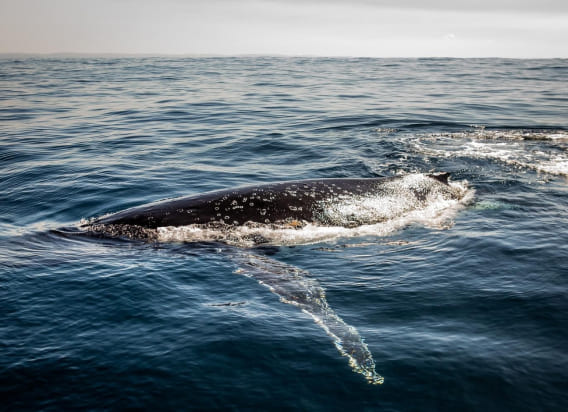
Fact: While whales live in the ocean, they are not fish. They are mammals, just like us, which means they breathe air, give birth to live young, and nurse their offspring with milk. Whales are highly evolved creatures with complex social structures and behaviors.
Myth 2: Whales Are Always on the Move

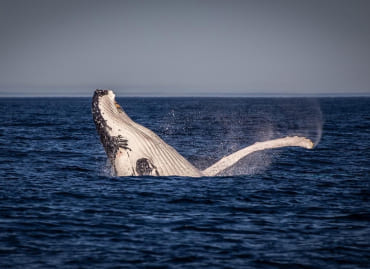
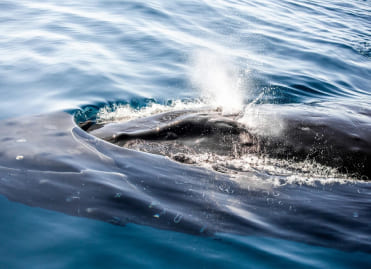
Fact: While some whale species undertake long migrations, many species, such as humpback whales, exhibit predictable behaviors like feeding, breeding, and resting in specific areas. During whale watching tours, it’s common to see whales engaging in various activities, including breaching, spyhopping, and socializing.
Myth 3: Whales Attack Boats


Fact: Contrary to popular belief, whales are generally peaceful creatures and rarely pose a threat to boats or humans. Accidental collisions between whales and boats are rare and typically occur when whales are startled or unaware of the vessel’s presence. Responsible whale watching practices, such as maintaining a safe distance and minimizing engine noise, help reduce the risk of collisions and disturbances to whales.
Myth 4: Whales Can Swallow Humans Whole

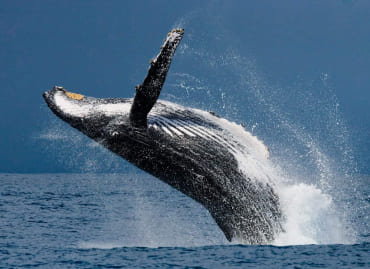
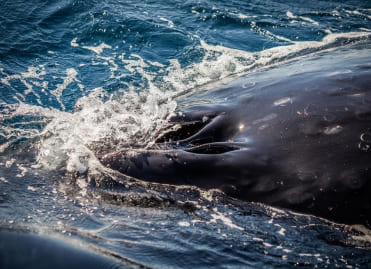
Fact: While it’s true that some whale species, such as the blue whale, are the largest animals on Earth, their throats are not large enough to swallow humans whole. Whales primarily feed on small fish, krill, and plankton, using baleen plates or teeth to filter their food from the water.
Myth 5: Whales Are Dangerous Predators
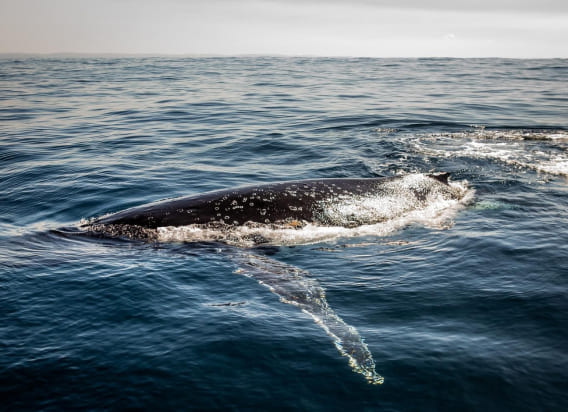
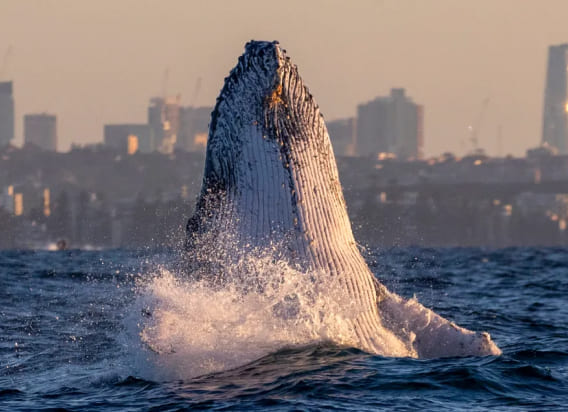
Fact: While some whale species, such as orcas (killer whales), are apex predators and feed on other marine animals, they pose minimal threat to humans in the wild. Incidents of whales attacking humans are extremely rare and usually occur in captivity, where animals may exhibit abnormal behaviors due to stress or confinement.
Conclusion
Whale watching offers a unique opportunity to observe these majestic creatures in their natural habitat, but it’s essential to separate fact from fiction to ensure a safe and responsible experience. By debunking common myths and misconceptions about whale watching, we can foster a deeper appreciation for these incredible animals and promote their conservation for future generations to enjoy.
More Interesting Articles You Might Like
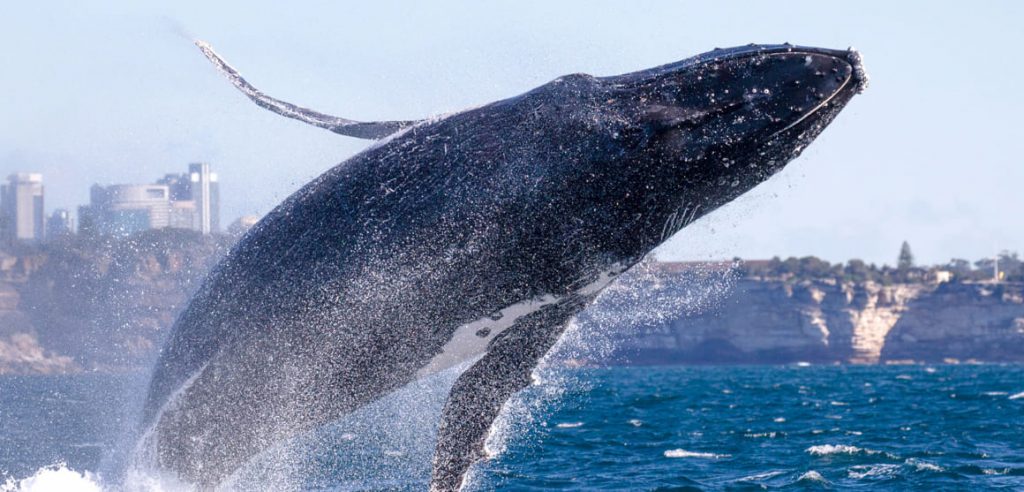 March 21, 2024
March 21, 2024Whale Watching Sydney Harbour
Whale watching is a magical experience that offers glimpses into the lives of these magnificent marine mammals. However, along with the wonder and excitement of whale watching comes a plethora of myths and misconceptions.
 April 22, 2024
April 22, 2024Whale Watching Sydney Harbour
Whale watching is a magical experience that offers glimpses into the lives of these magnificent marine mammals. However, along with the wonder and excitement of whale watching comes a plethora of myths and misconceptions.
 April 22, 2024
April 22, 2024Whale Watching Sydney Harbour
Whale watching is a magical experience that offers glimpses into the lives of these magnificent marine mammals. However, along with the wonder and excitement of whale watching comes a plethora of myths and misconceptions.
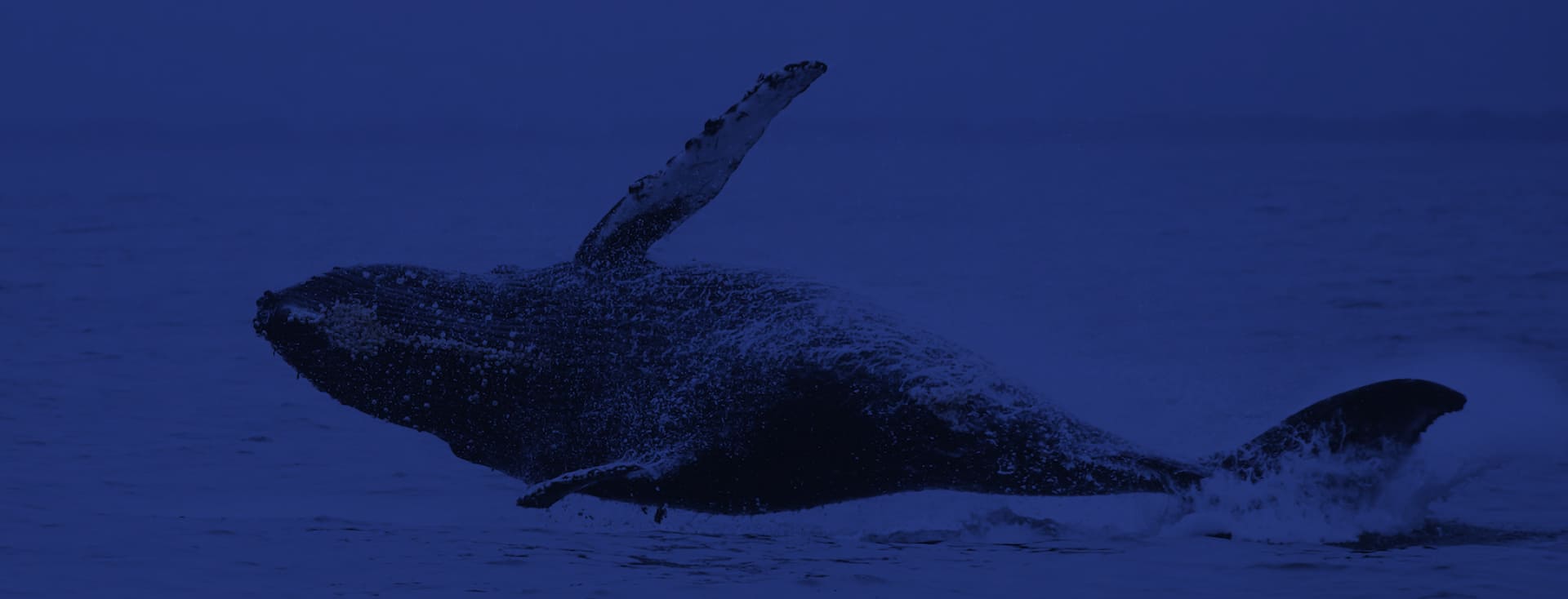
Testimonials
